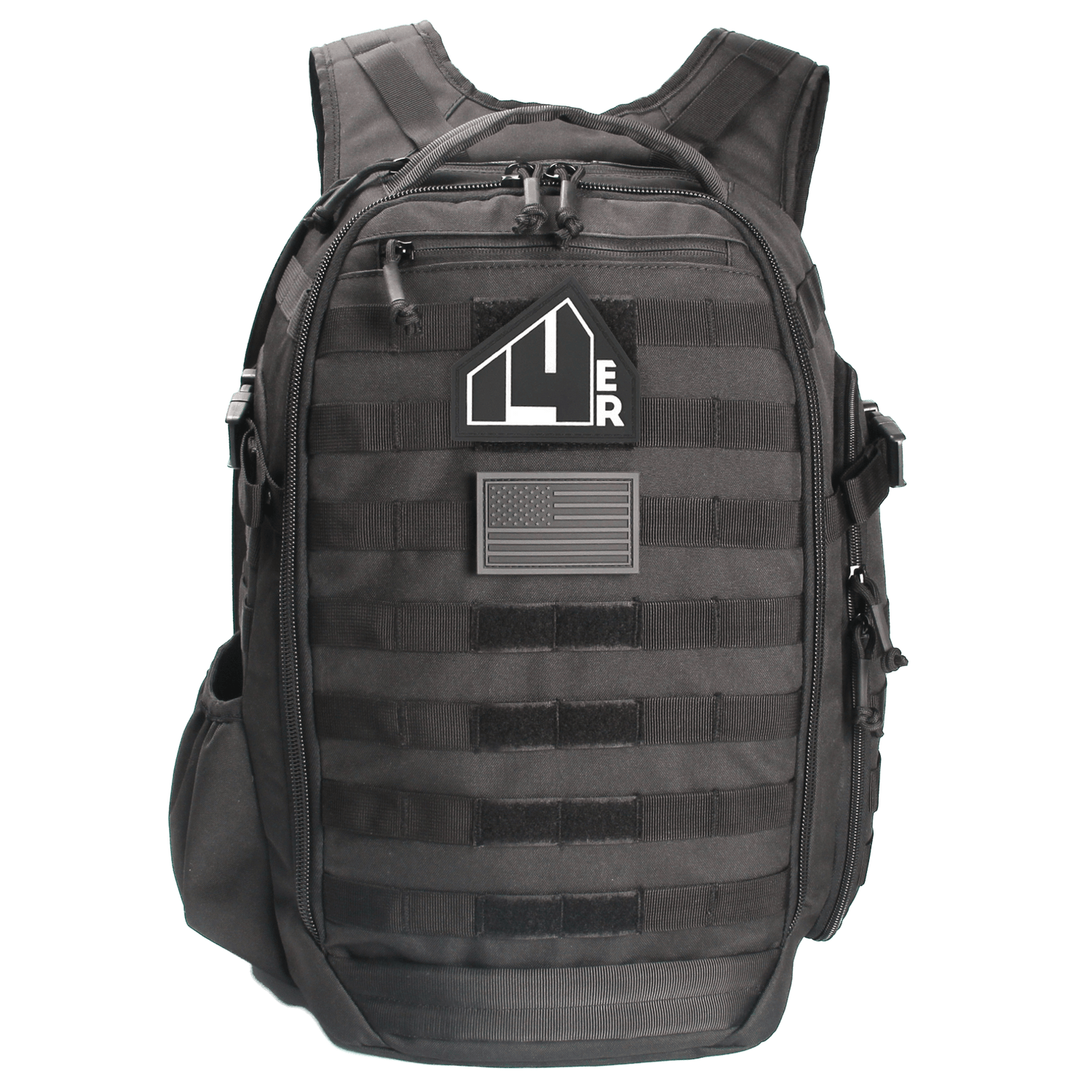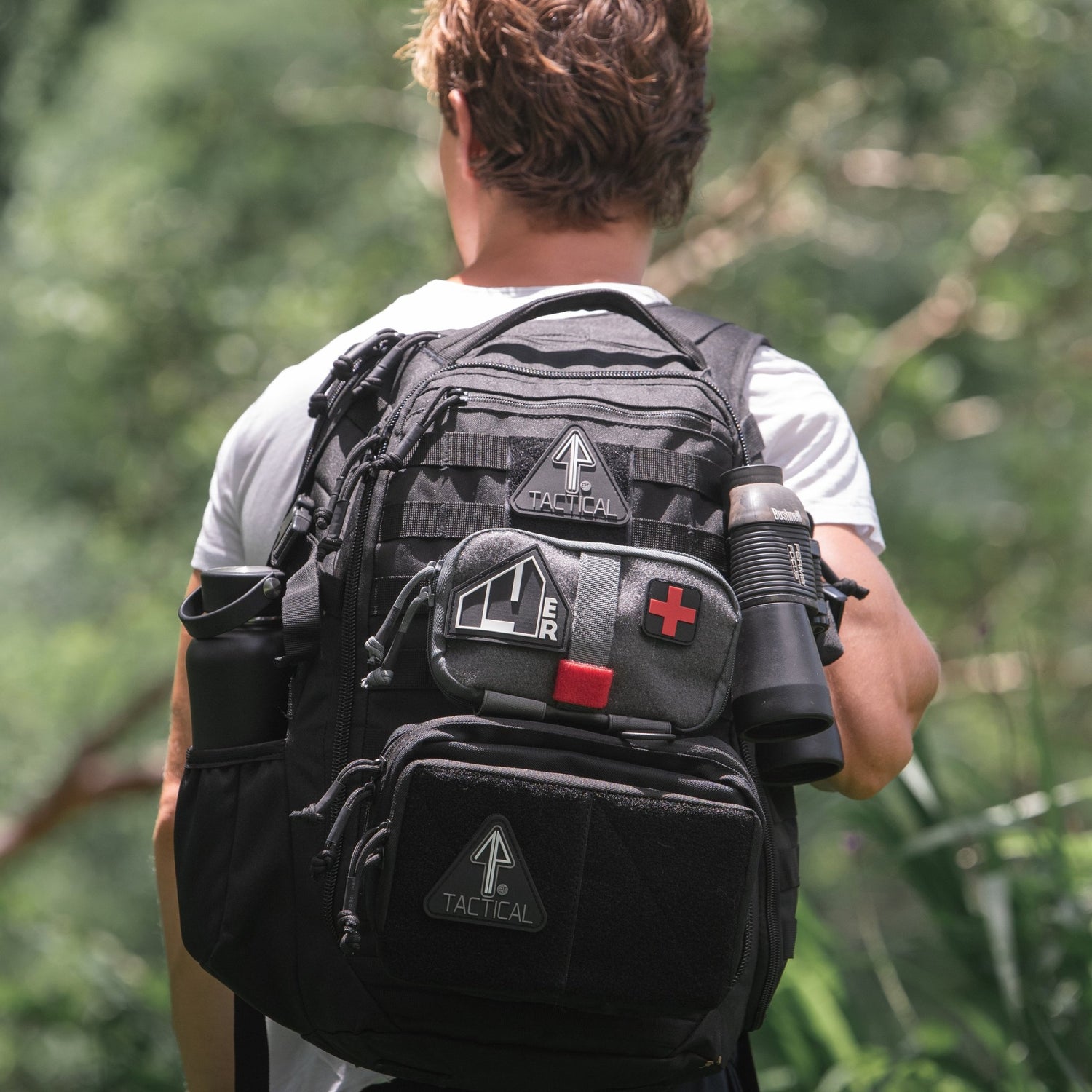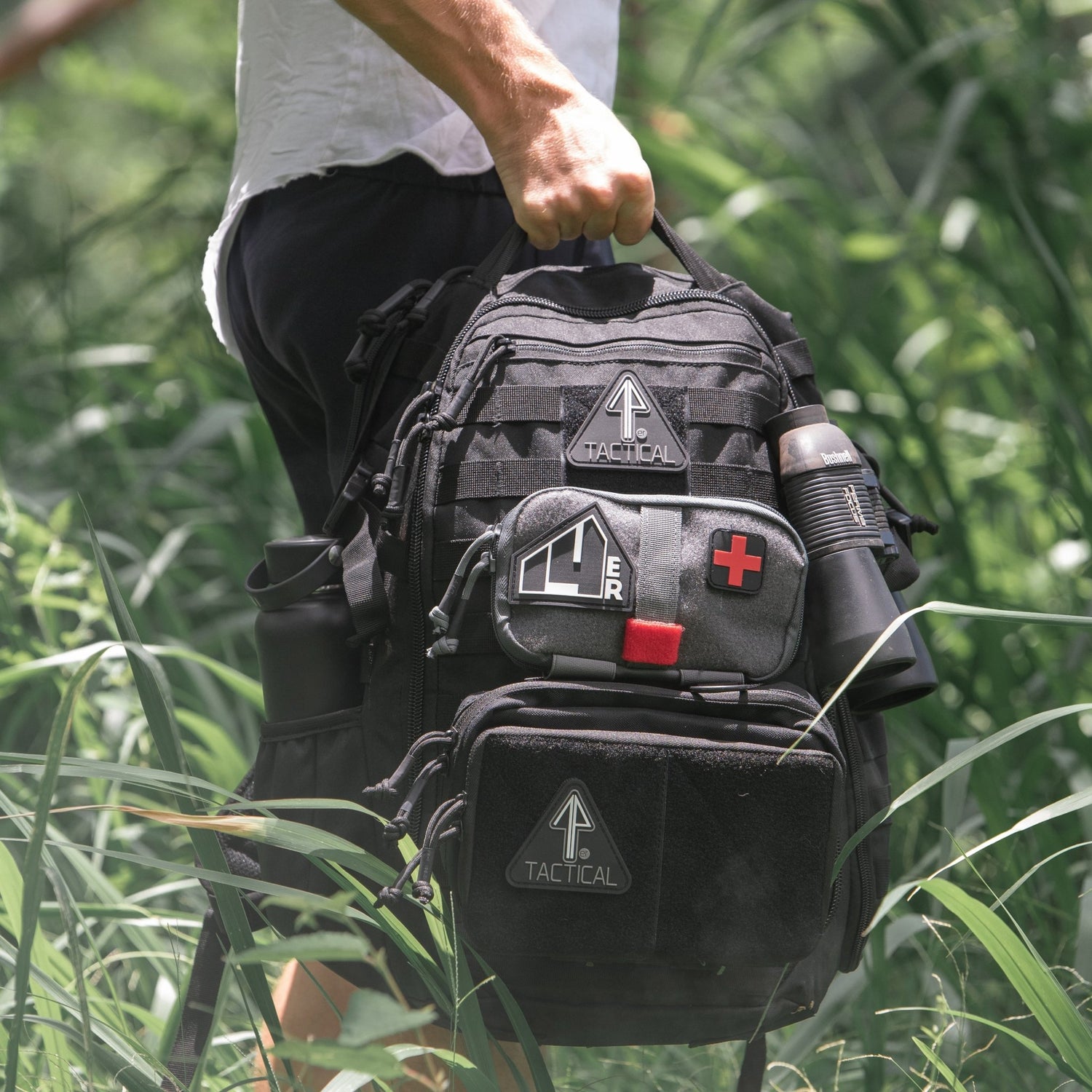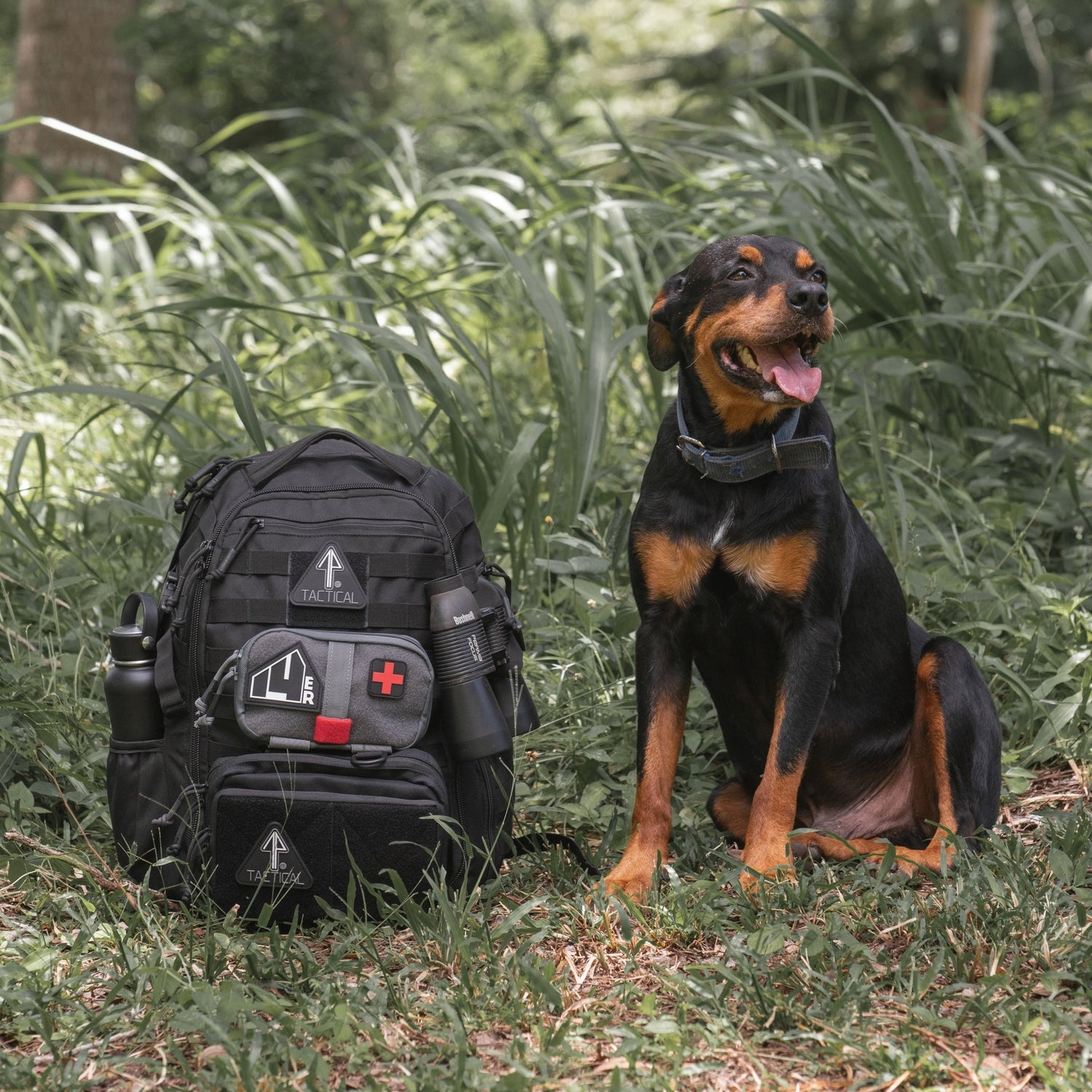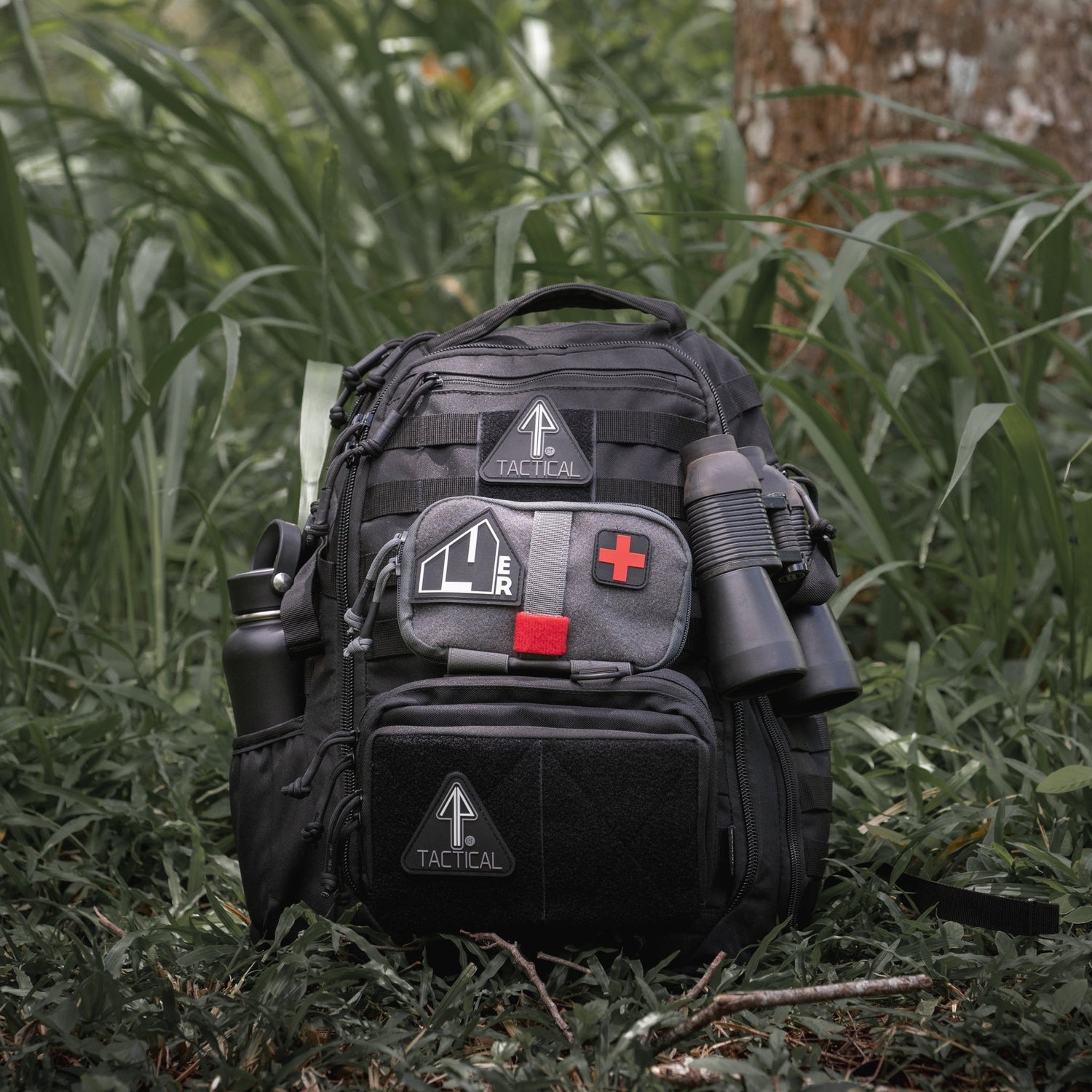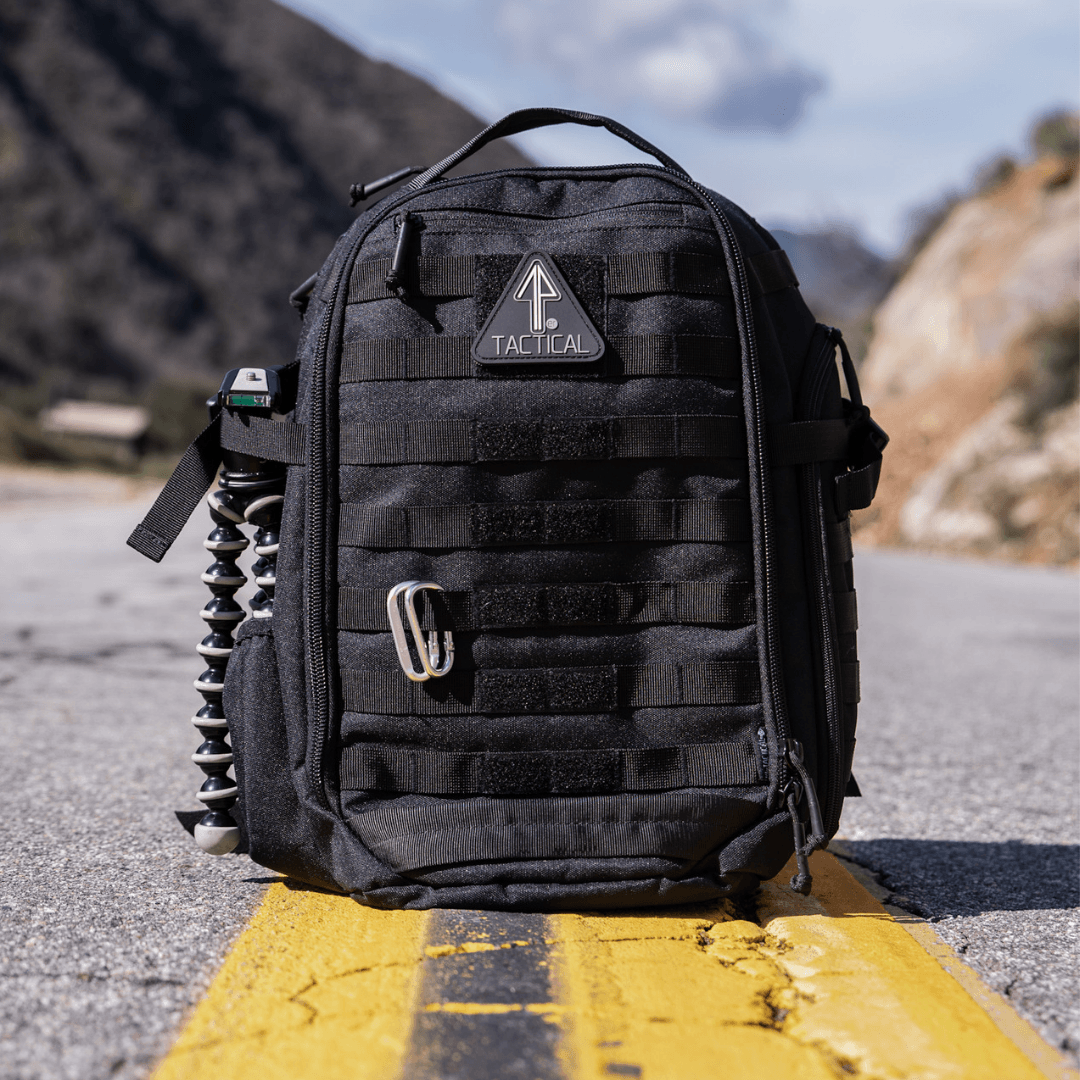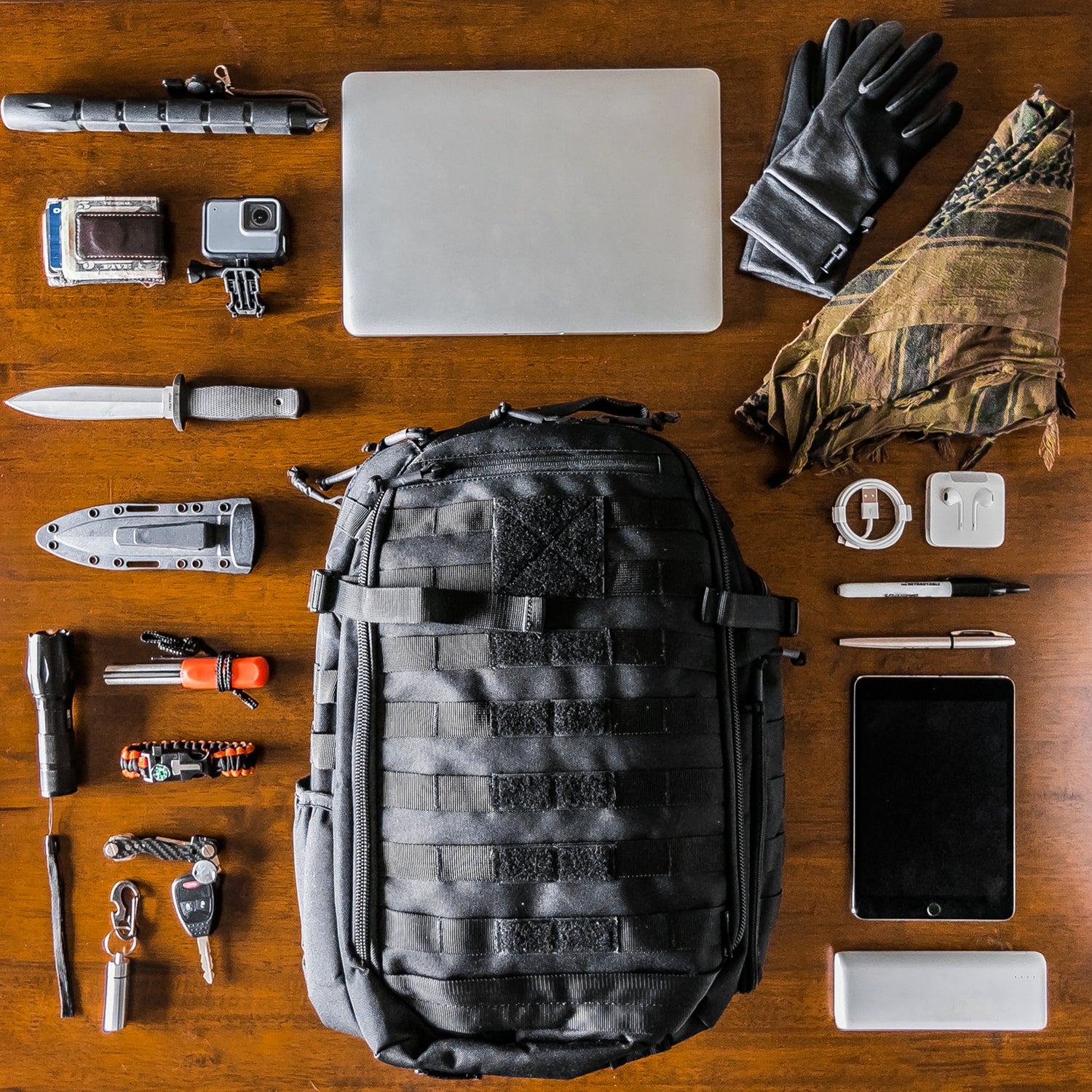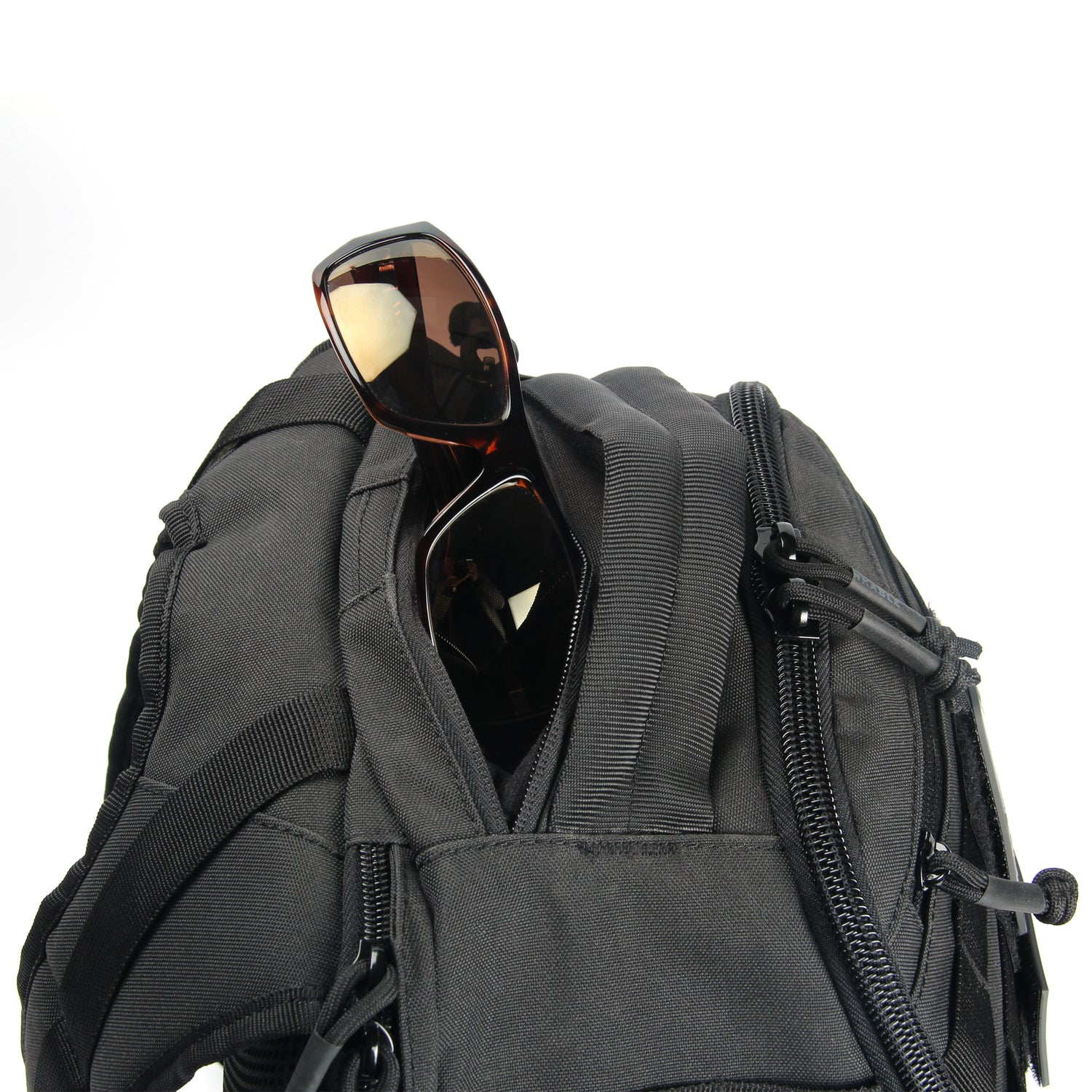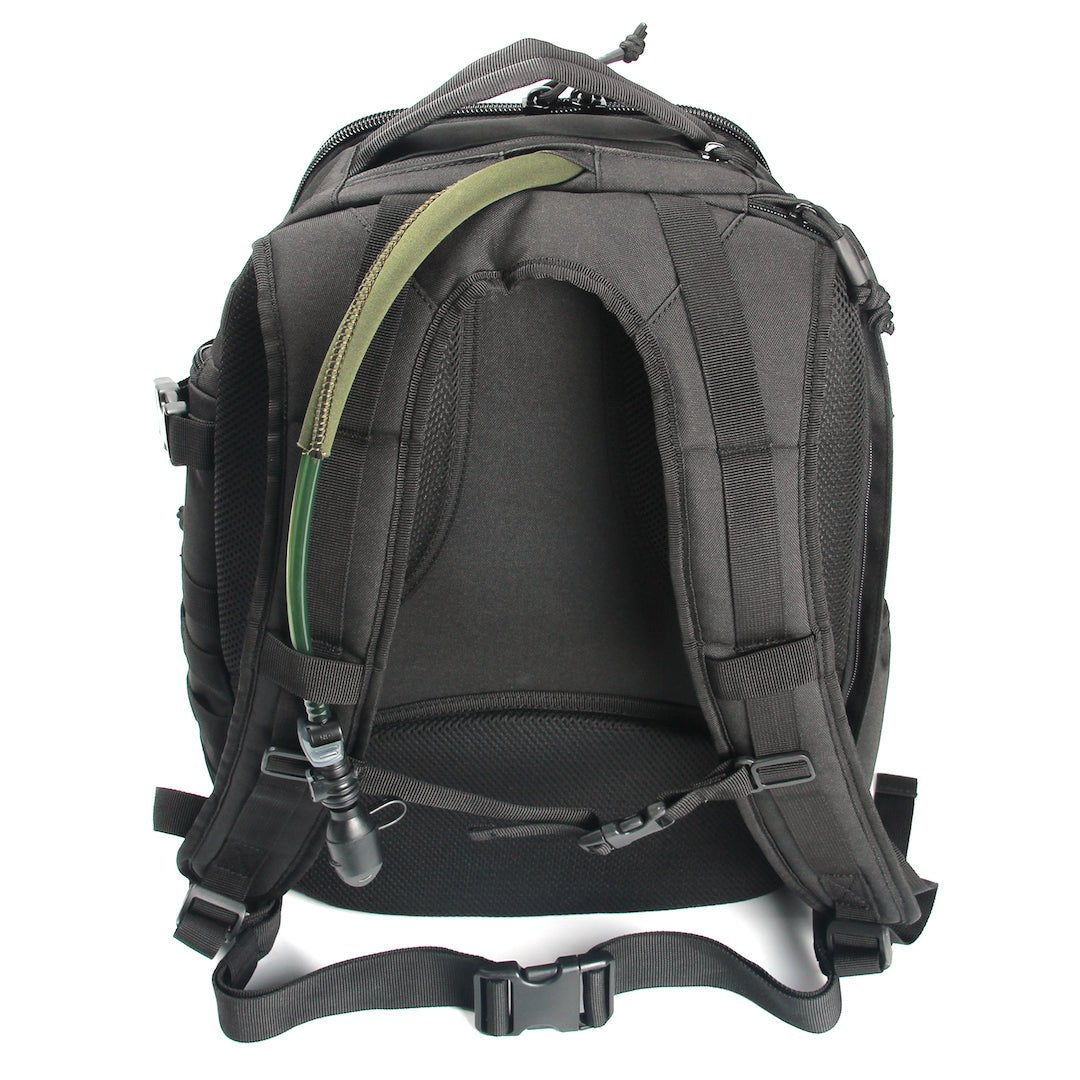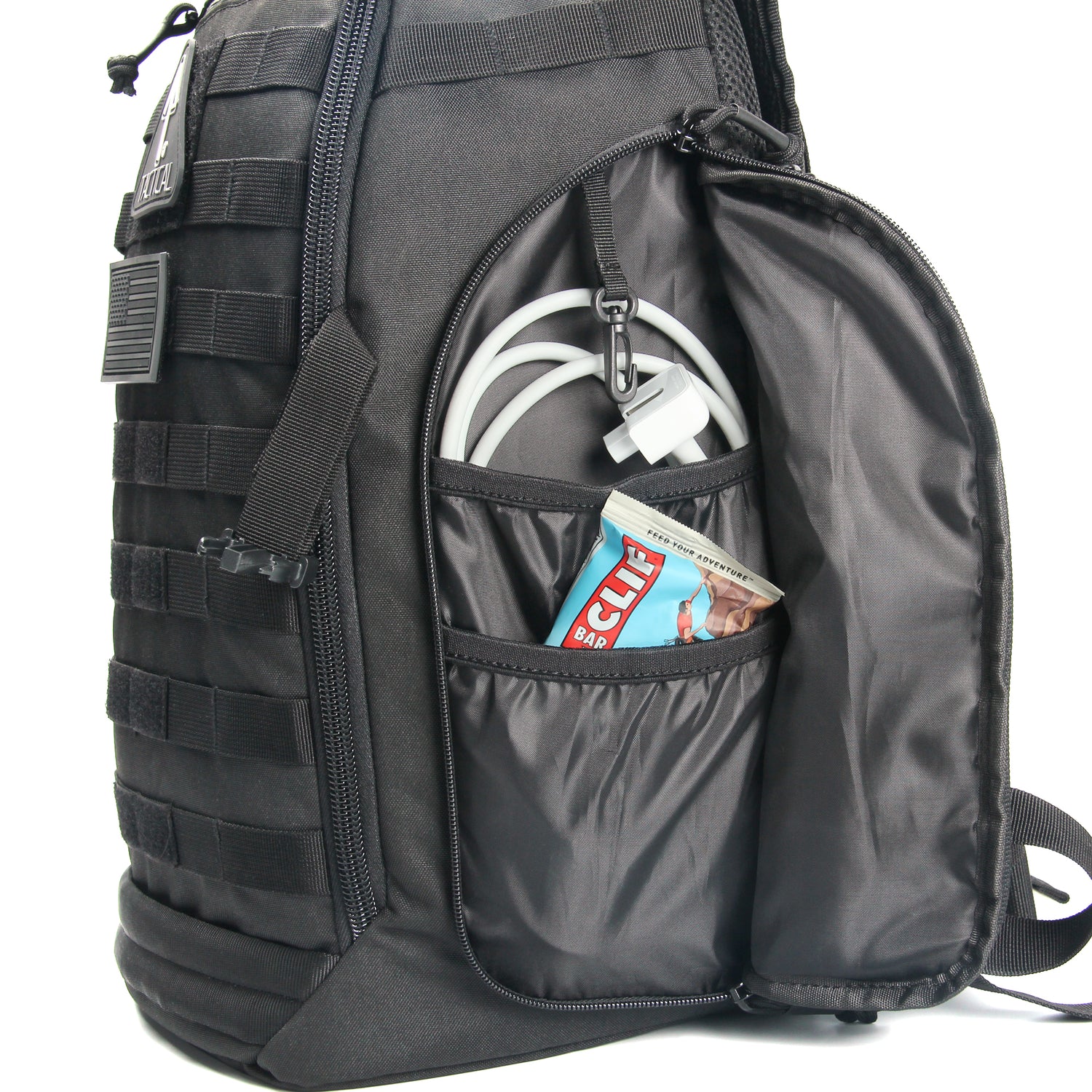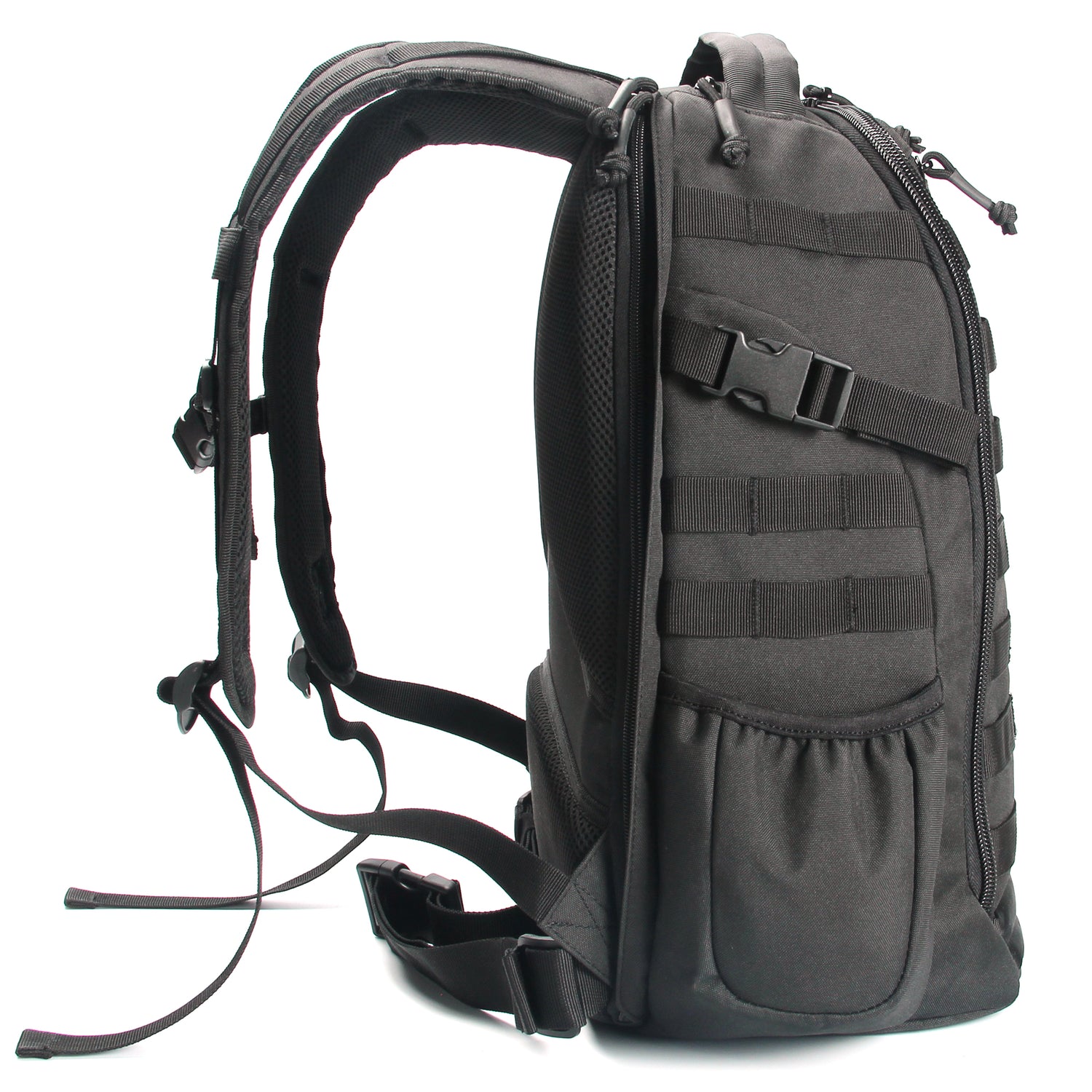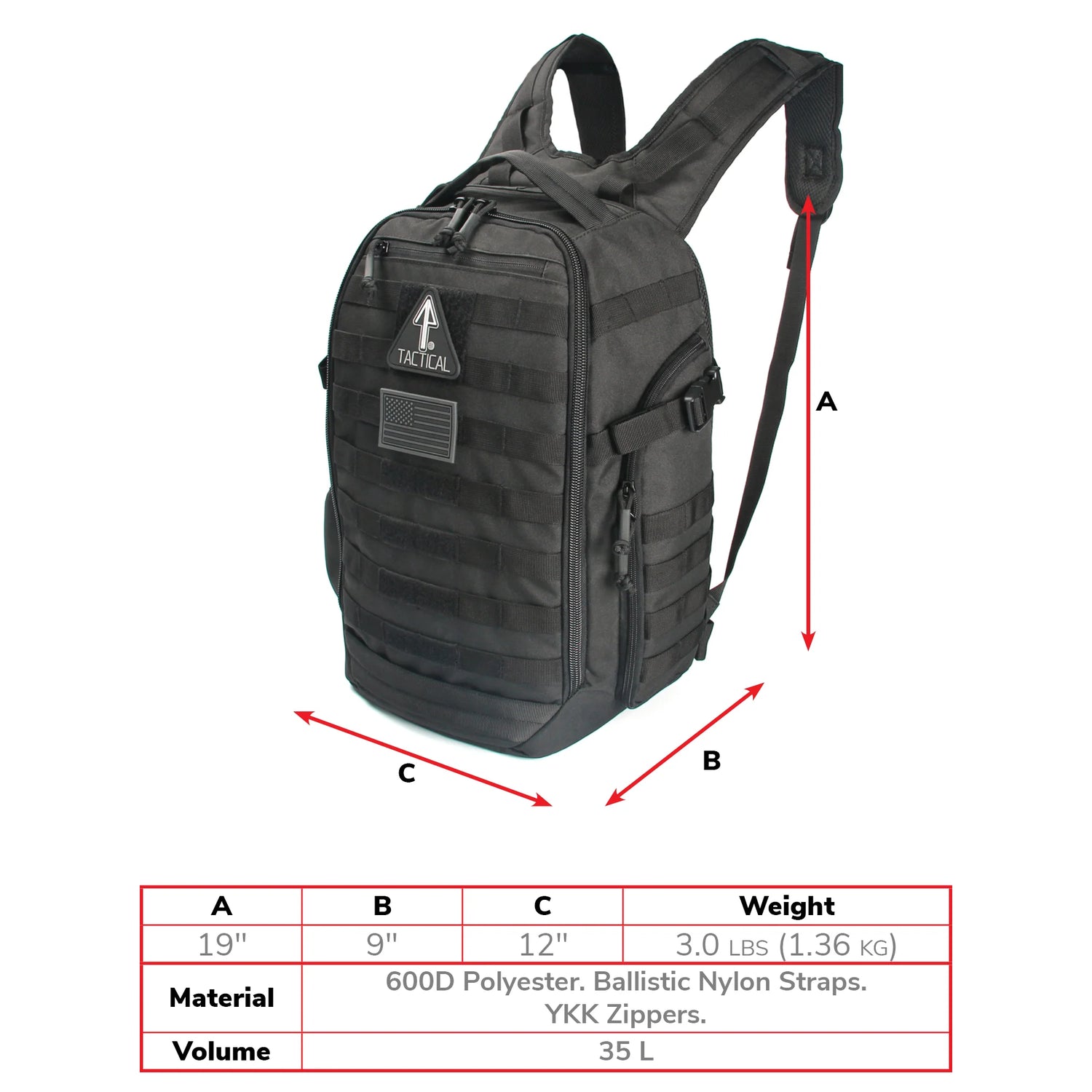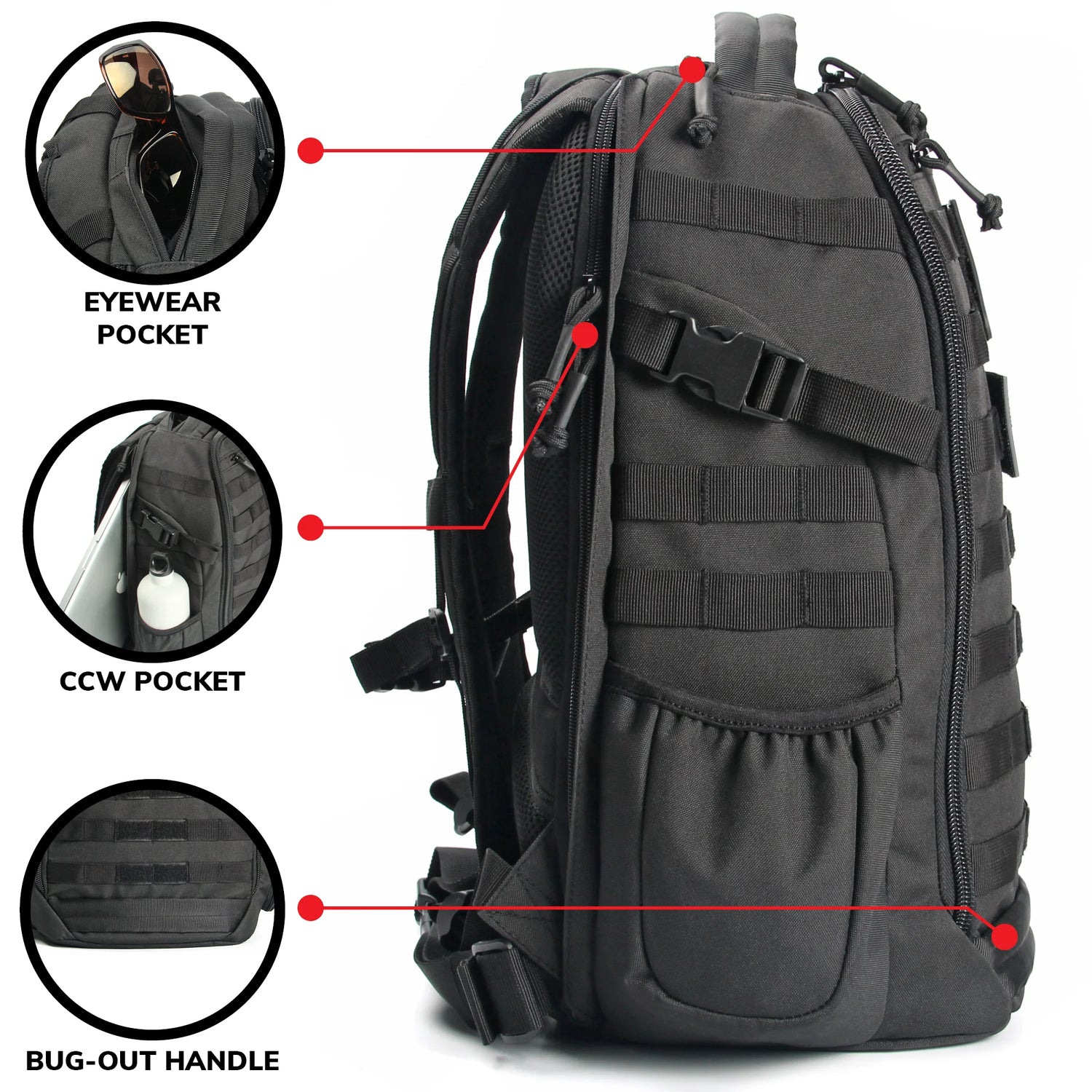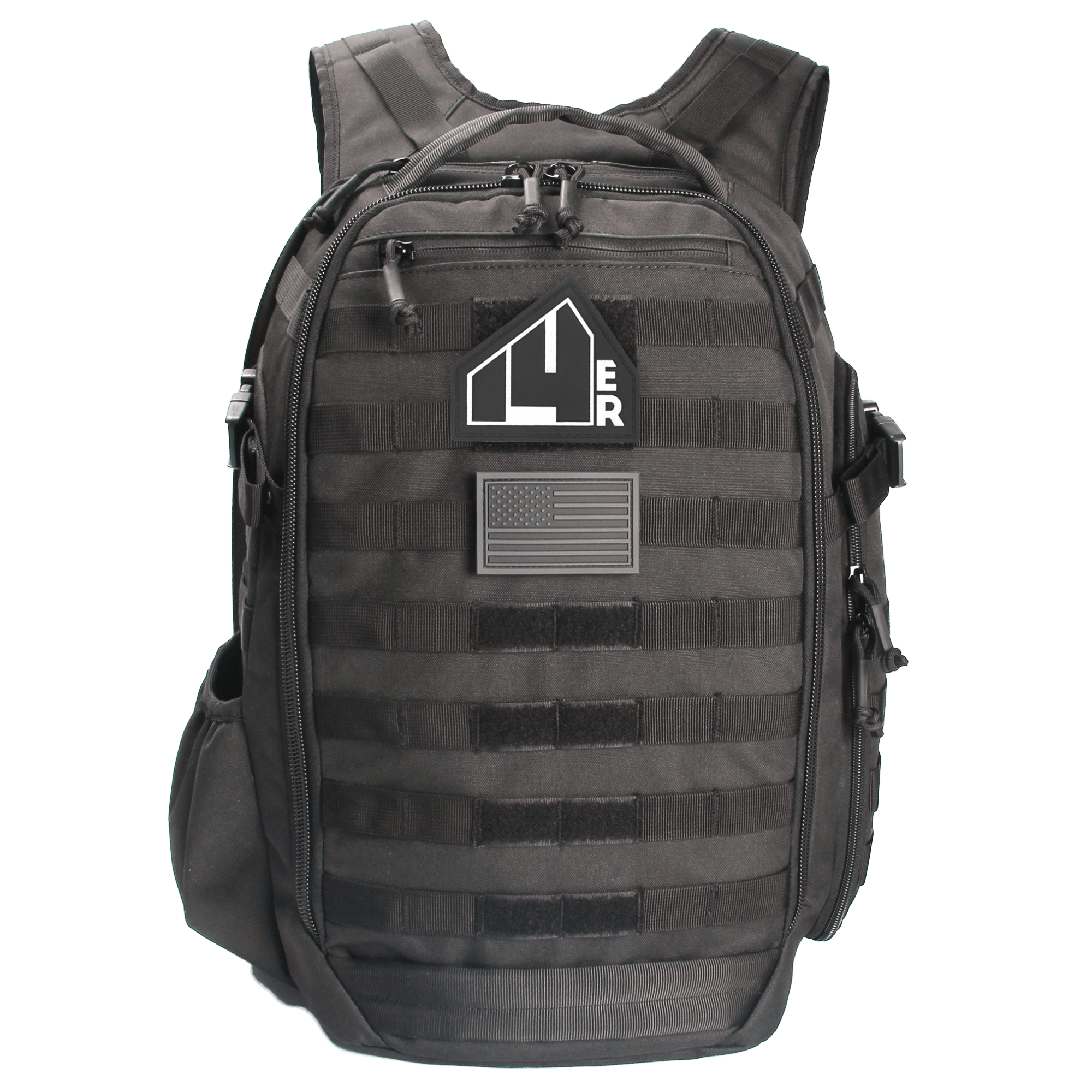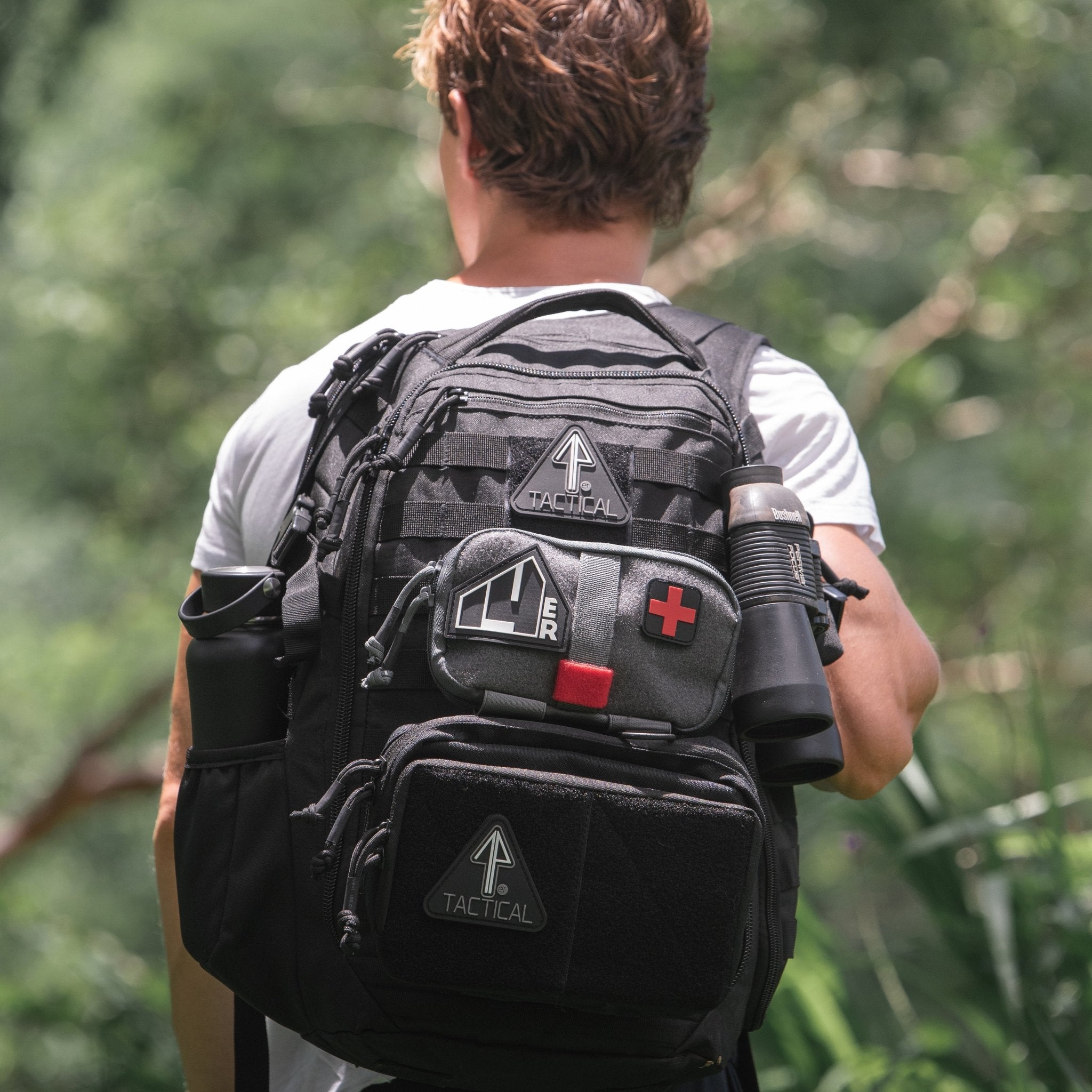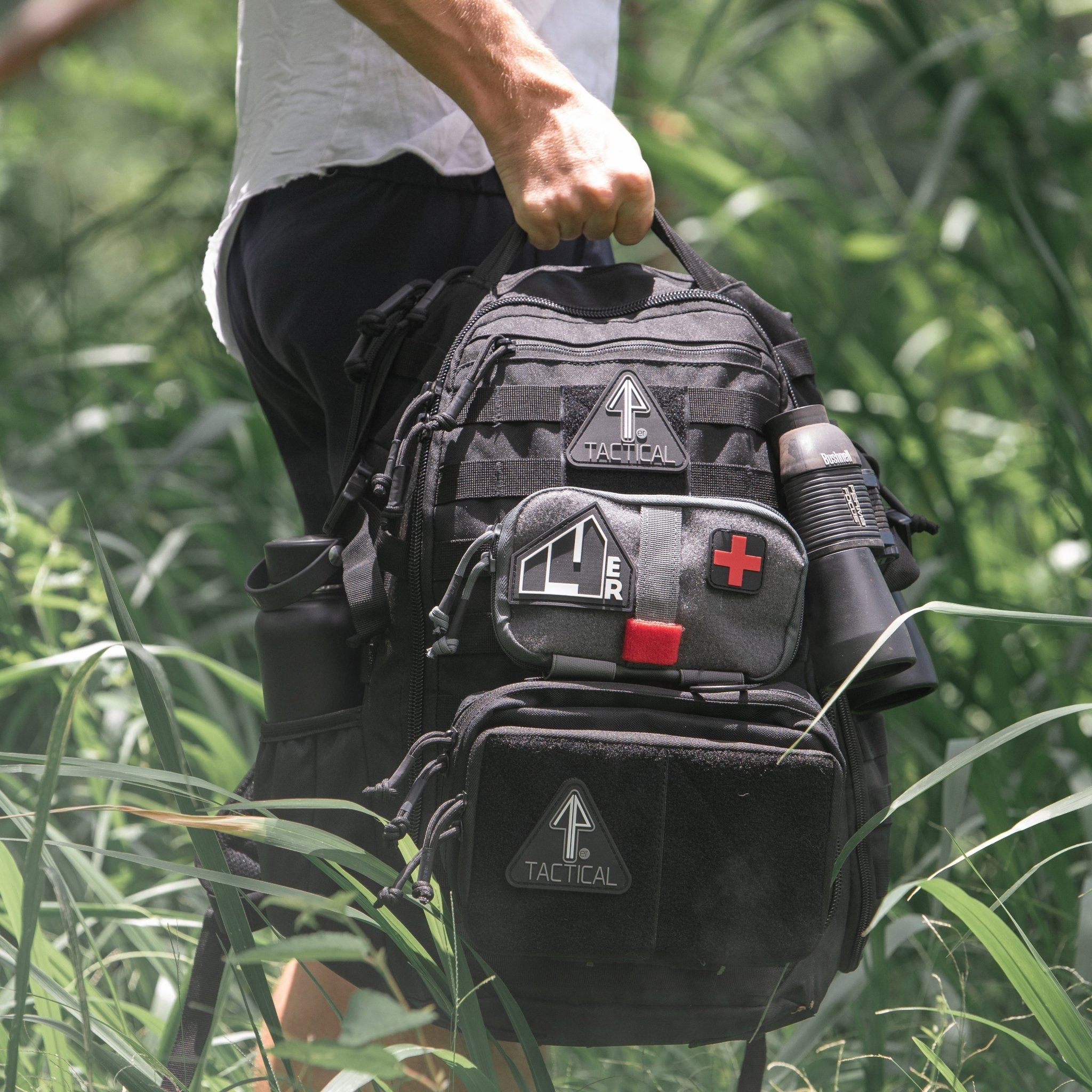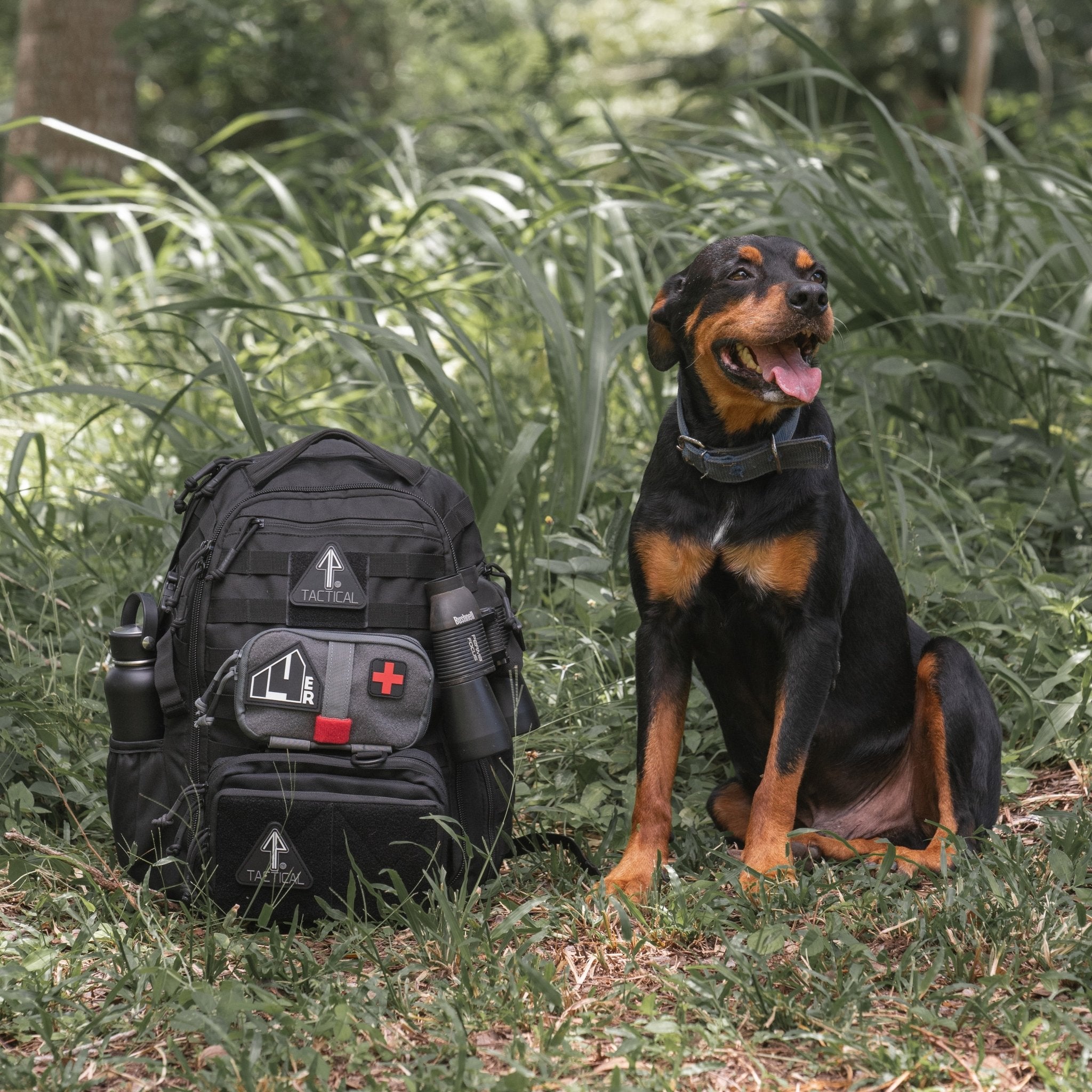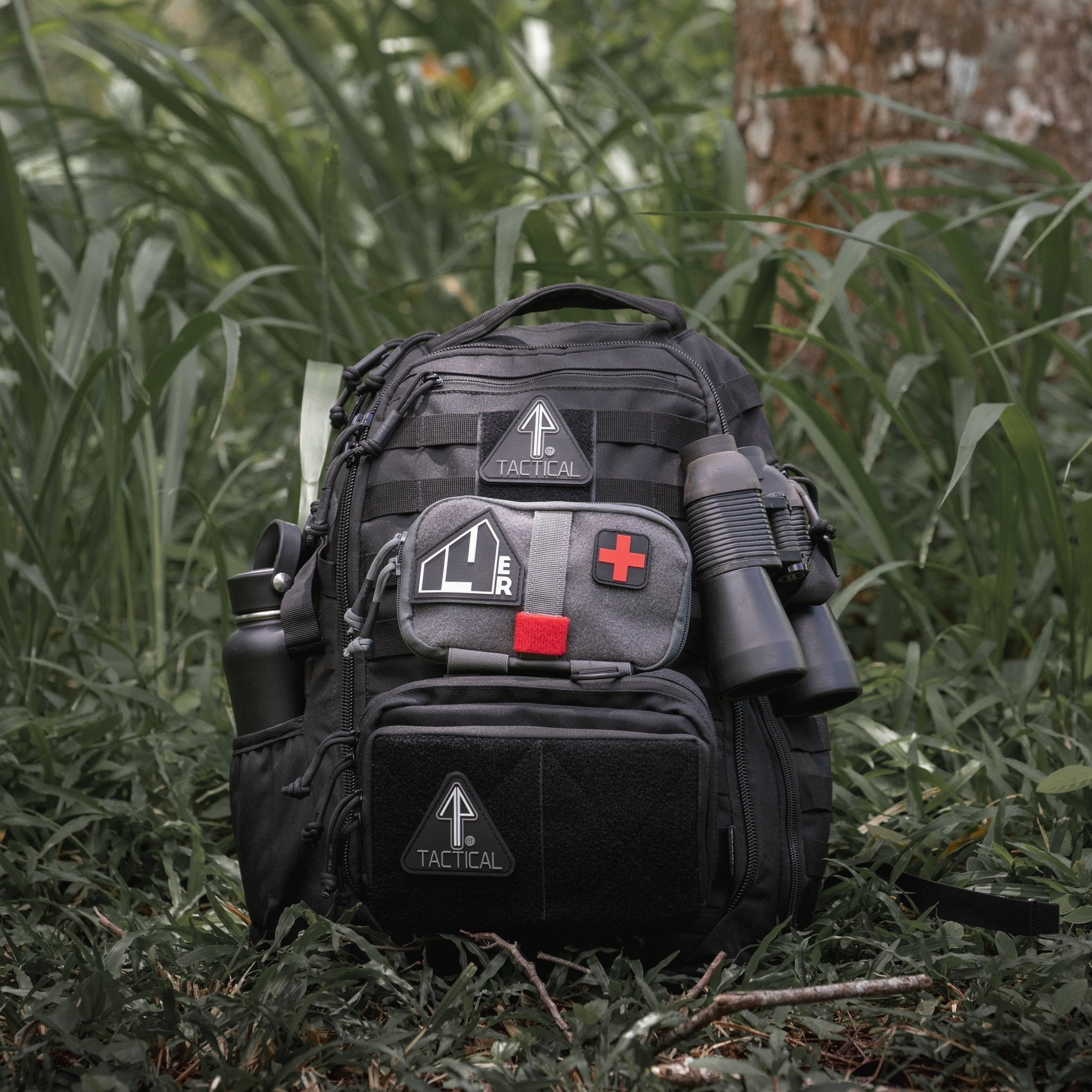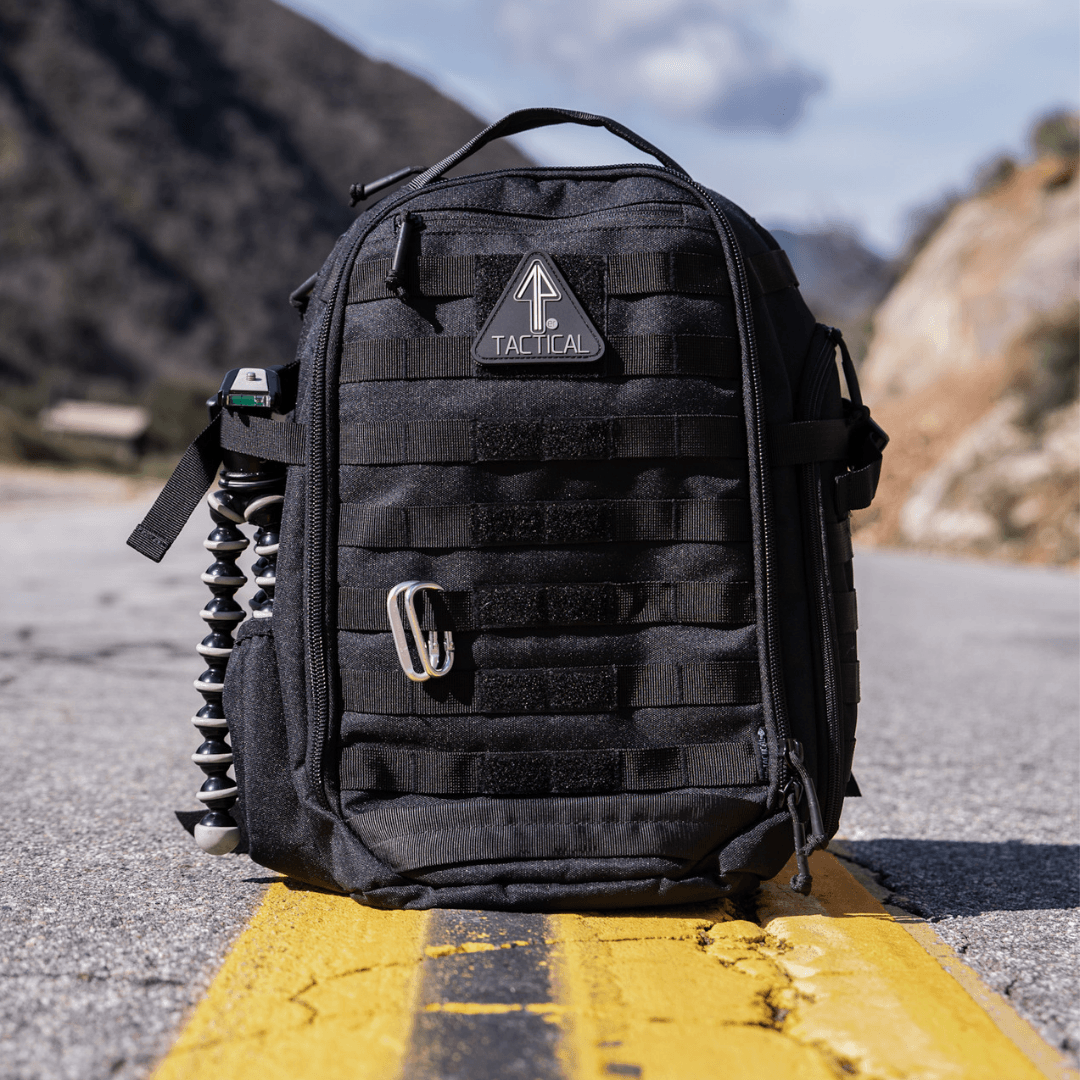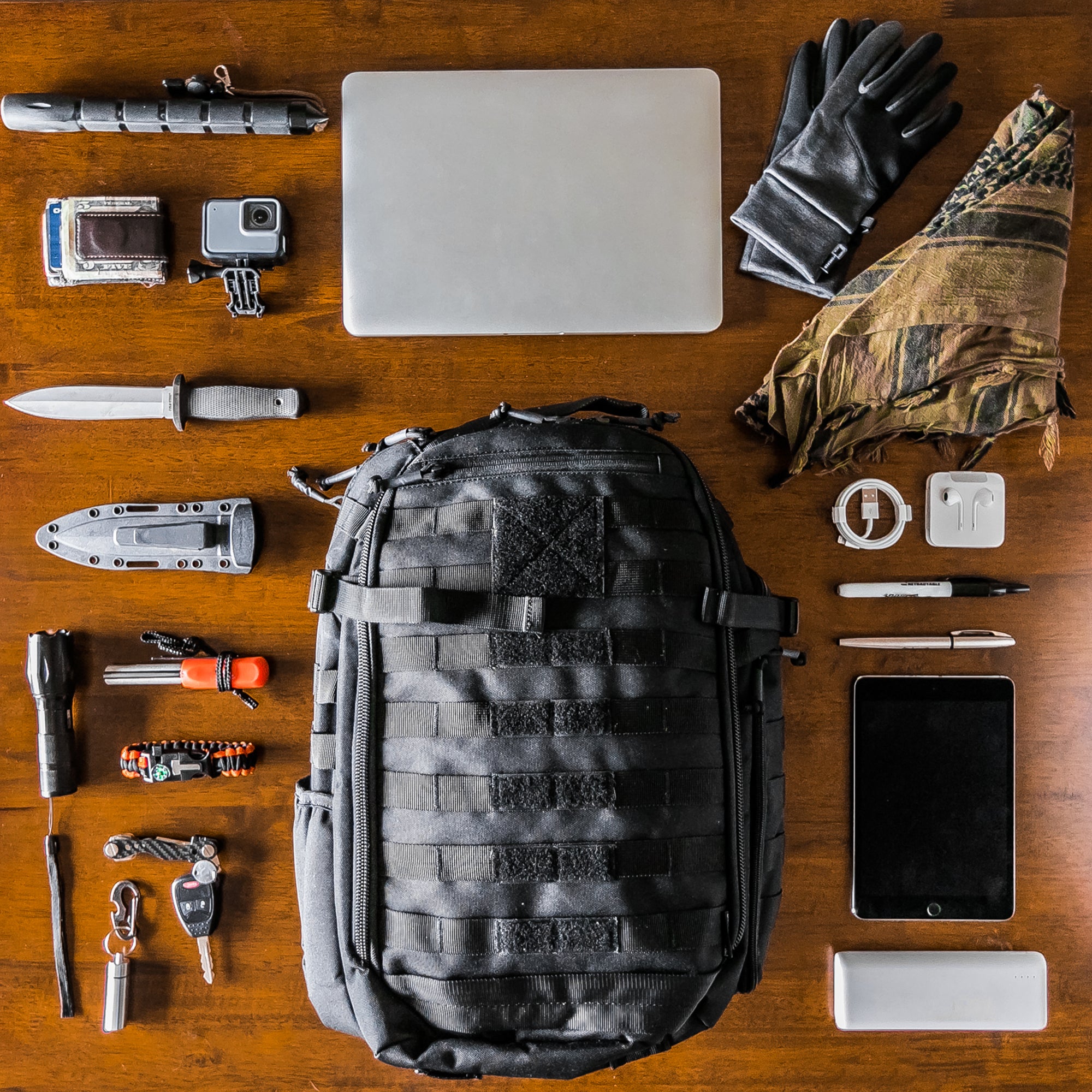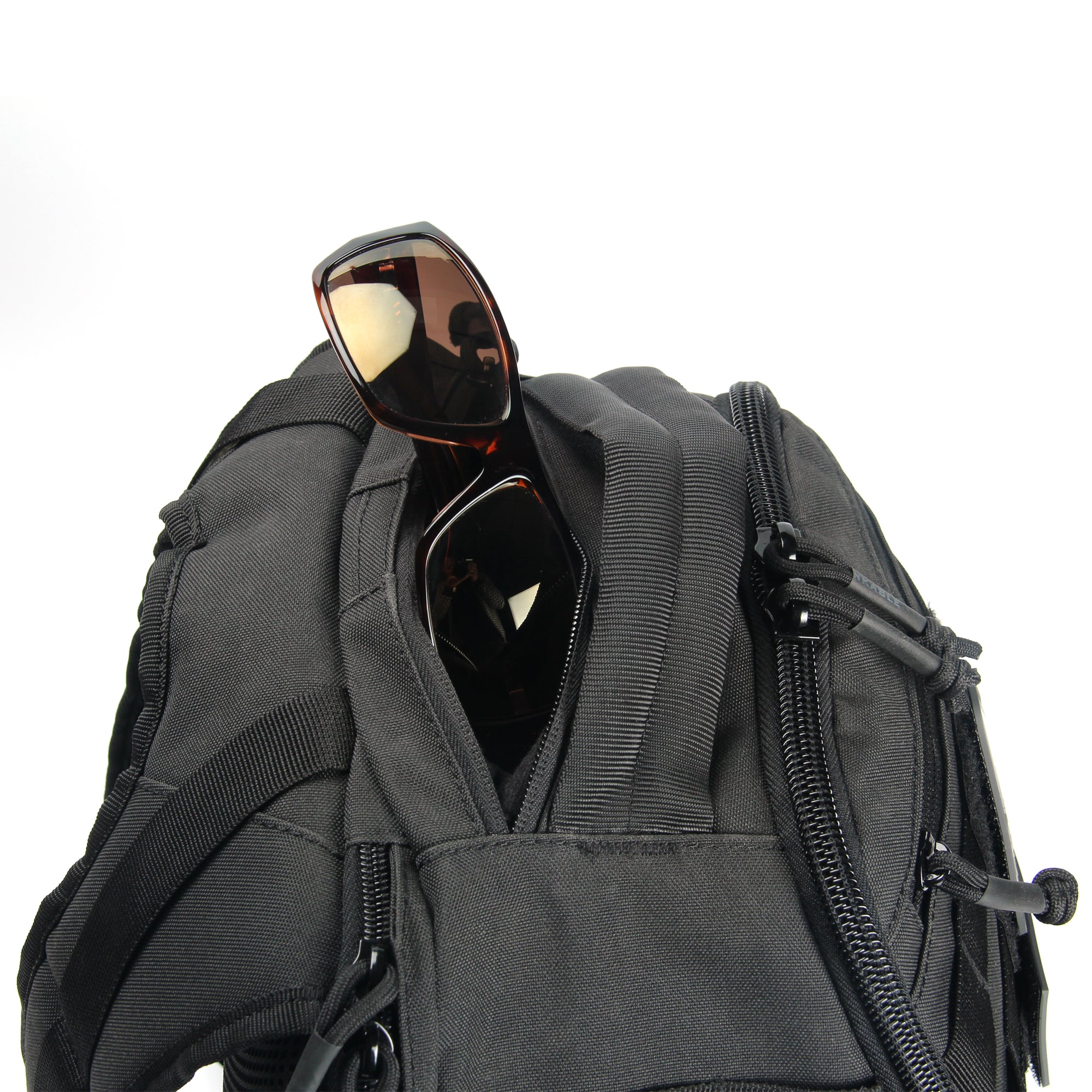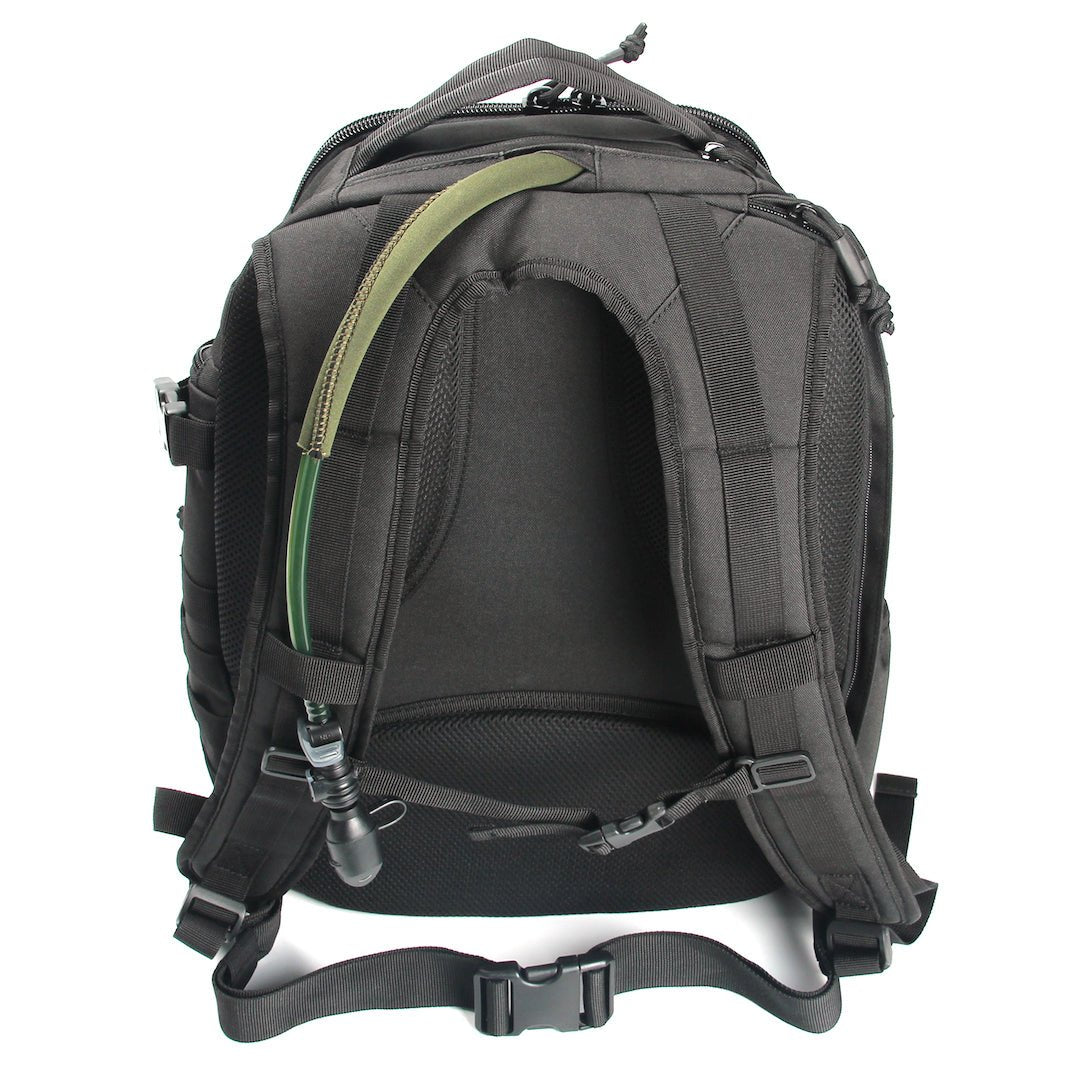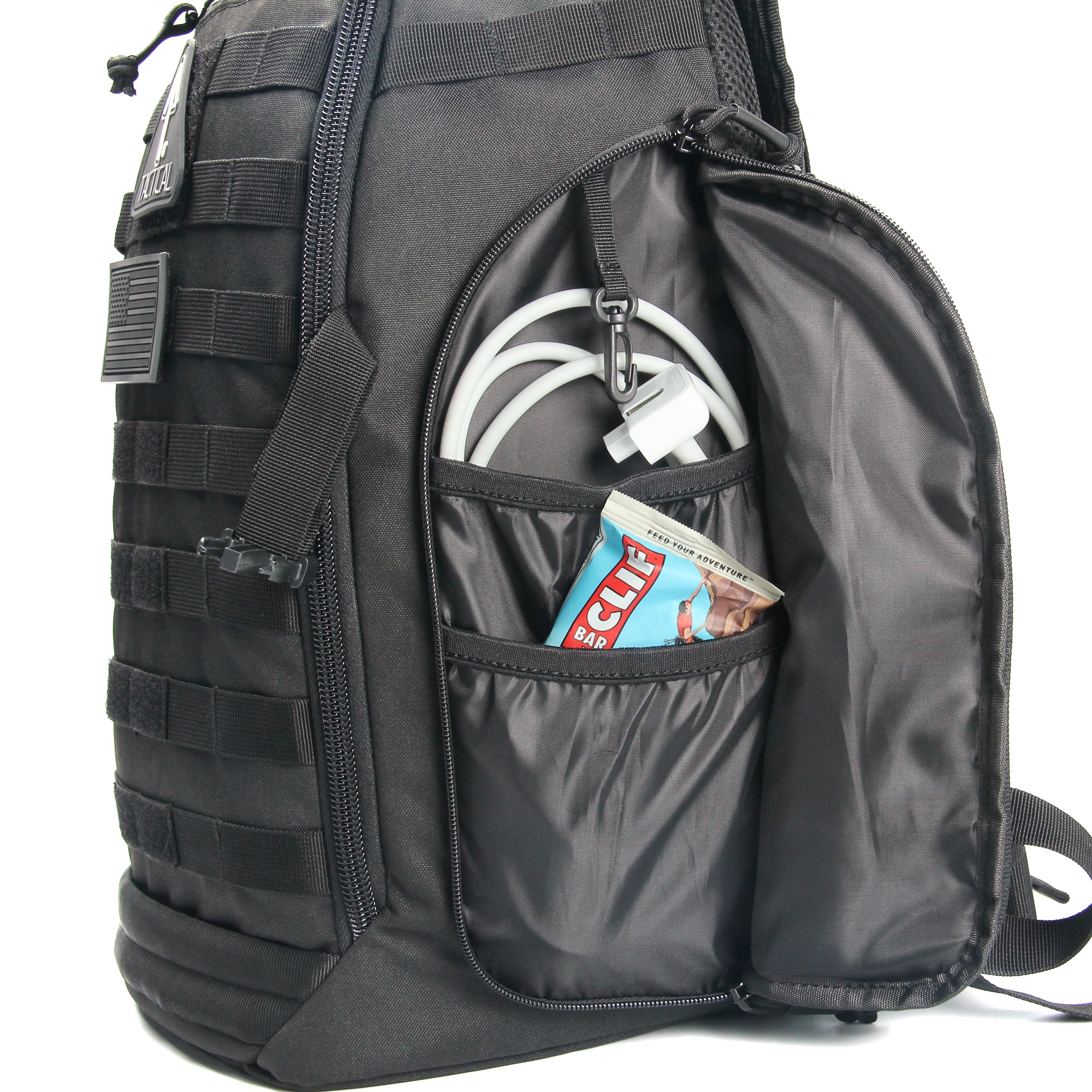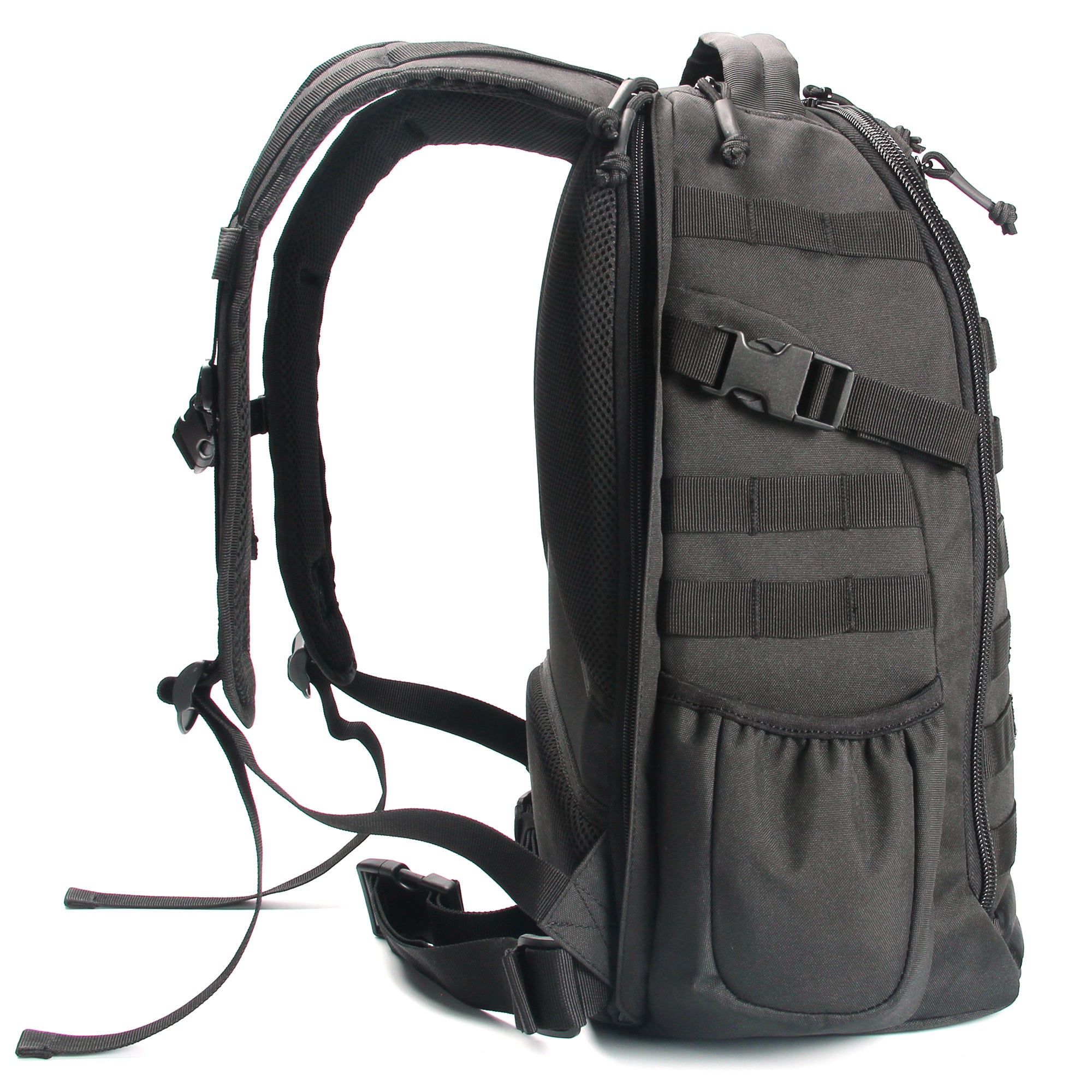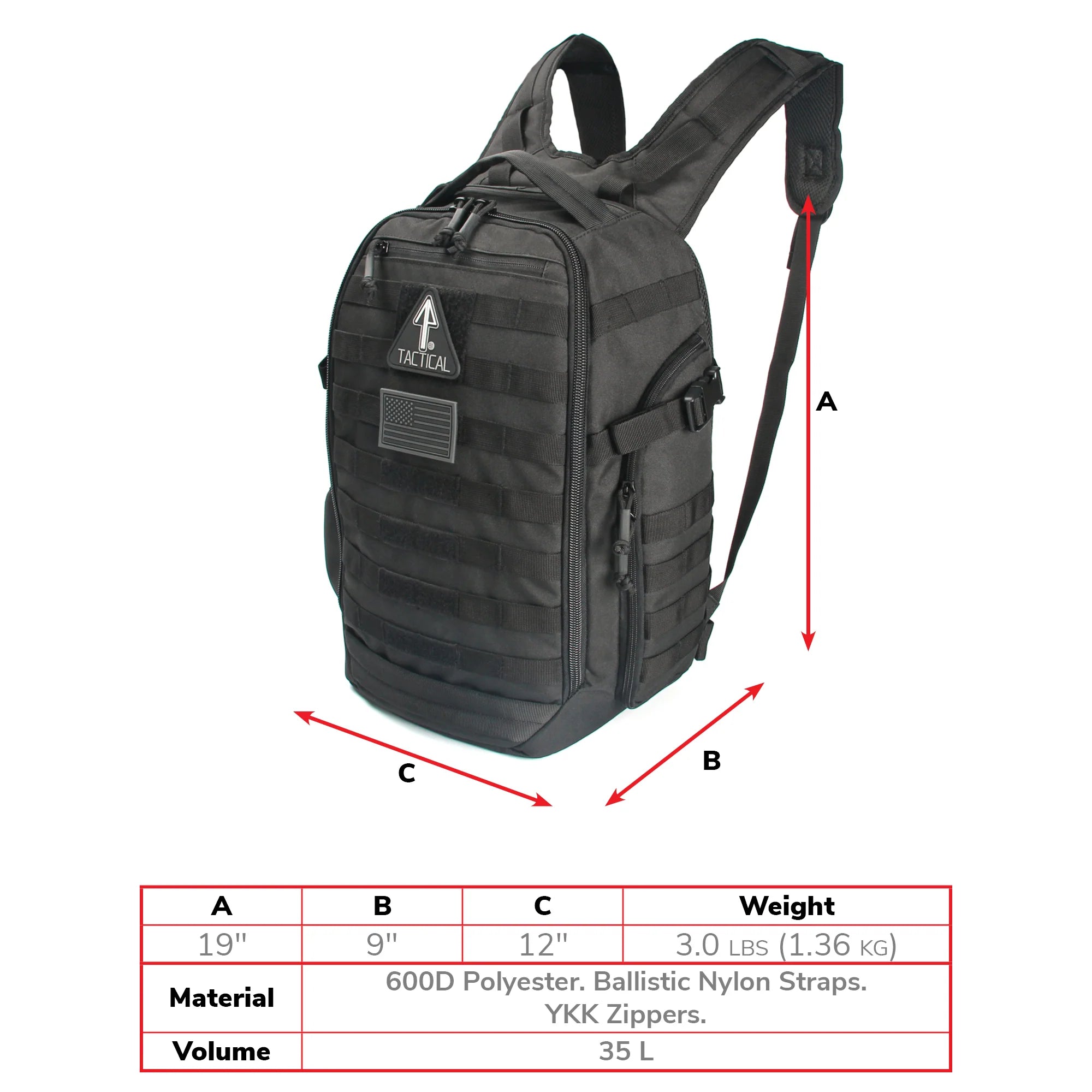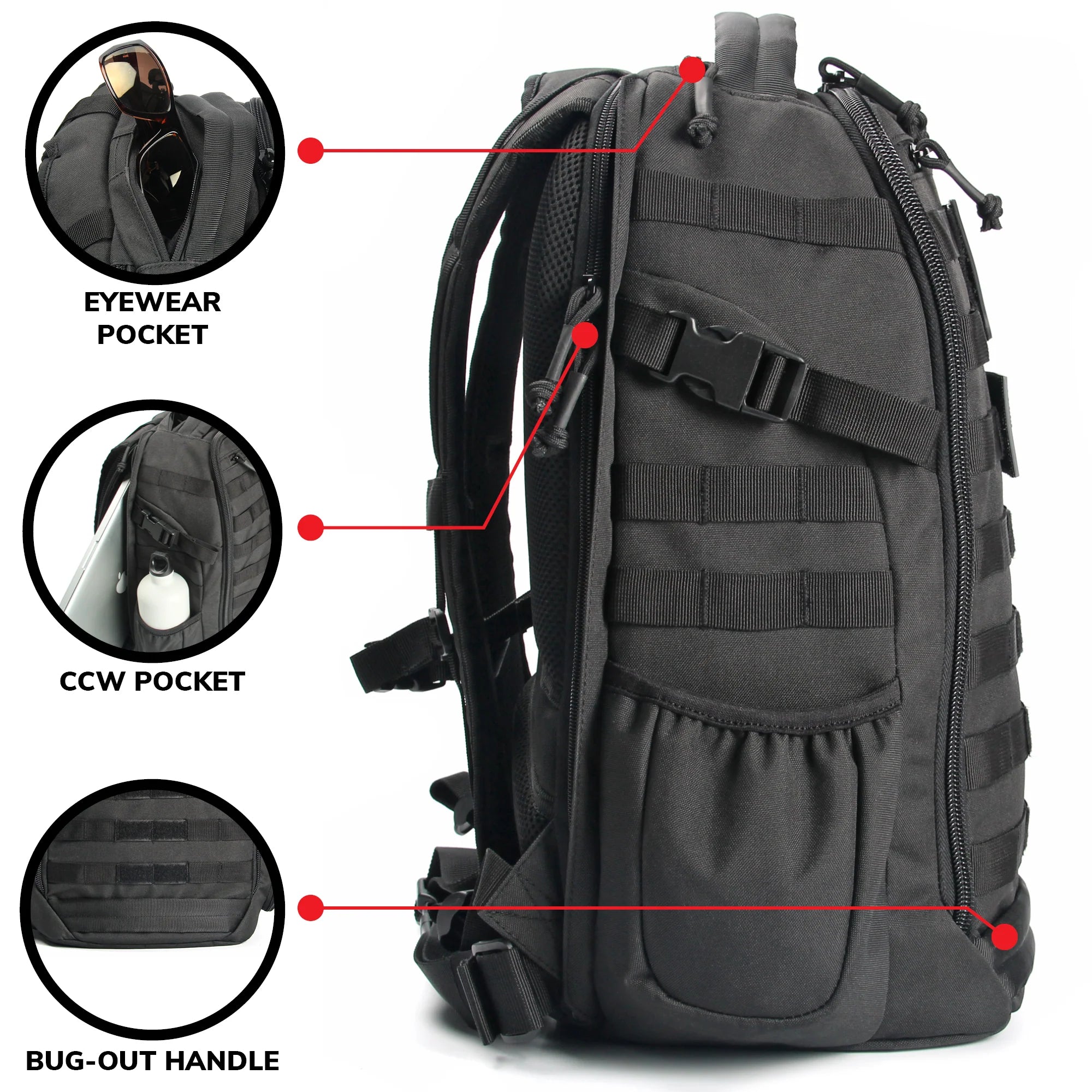
Climbing a 14er peak is an excellent goal to have as an outdoor enthusiast. It gives you something to aim for—bragging rights (oh, yeah) but also the feeling of accomplishment that comes from pushing yourself past your normal limits.
You do have to watch out for that one limit you cannot push past: the thinner atmospheric conditions at great heights.
High altitude challenges are harrowing and stressful, especially when you’re exerting yourself at low oxygen levels. Human bodies aren’t made to thrive for long at heights 8,200 feet above sea level. Even with a fit body, you can’t function normally with little oxygen. You’ll face a high risk of experiencing acute mountain sickness.
Let’s talk about how you can avoid that and go on to conquer your next 14er!
Preparing for 14er Climbing
Feeling ready to tackle a 14er? Any mountain that reaches an elevation of 14,000 feet or more counts as a fourteener. In the USA, the list of 14ers includes 96 peaks. More than half are located in two states: Colorado (56 mountains) and Alaska (29).
You probably don’t want to take on a 14er for your first climbing adventure. Even “Class 1” 14ers are fairly challenging, especially for someone who hasn’t climbed before. If you’re a novice climber, you can consider a “Class 1” peak for your first 14er. The list includes Mount Elbert, Mount Sherman, Pikes Peak, Handies Peak and several more.
But whichever mountain you climb, you’ll need to work on your mental preparation for altitude at great heights. You’ll also need to be physically fit—with a strong emphasis on endurance training.
For more preparation tips, take a look at our 14erTactical Guide to Climbing a Fourteen-Thousand Foot Peak.

The Challenges of High Altitude
Going above 8,200 feet on a climb comes with some serious high altitude challenges. The stamina-draining physical exertion it takes to get there can test your resolve. The terrain and weather conditions can be harsh as well—watch out for uncomfortably low temperatures and harsh winds.
Even if you can handle all that, you may find it trying to deal with the lack of oxygen at such great heights. Someone with extensive altitude training may be able to compensate by taking deeper breaths to maximize oxygen utilization. But this carries some risks as well, and can subject you to headaches and nausea.
Those are common symptoms of high altitude sickness. Other symptoms can include exhaustion or lethargy, dizziness, shortness of breath, loss of appetite and a general sense of malaise (feeling “not right”). If the condition worsens, you can experience an increase in your red blood cell count. This is a bad sign. A high red blood cell count indicates that your body is struggling to stay functional.
Mental Preparation for Altitude Training
No matter your level of fitness and tactical ability, you can’t go into 14er climbing without rigorous training. Mountaineering is no ordinary workout. You’ll be carrying a lot of equipment while undergoing an extended physical challenge. Even with the help of proper 14er Tactical gear, you are going to face quite the endurance test!
You’ll also be out in the wilderness with no access to comforts and amenities. While you may be well-supplied, you can’t be taking too many rest stops if you wish to achieve your goal of summiting a 14er. Not unless you’re prepared to stretch your supplies for a loooooong trek. That may be a luxury you can’t manage.
Altitude training can be almost as tough as 14er climbing! So your work begins with mental preparation for altitude training. You gotta understand deep in your soul why you are doing it—so that you can stand up to the rigors of high altitude challenges. You will be thankful once you’re up there and starting to feel your heart and lungs working harder to keep up!

Fitness Goals for Altitude Training
You will need to strengthen your cardiovascular fitness to ensure that your body can manage the physical strain of climbing at high altitudes. Simple activities like walking and running can make for a good start. Other cardiovascular training activities include aerobics, cycling, rowing, stair climbing and swimming.
Hiking is another excellent cardiovascular activity that is a great way to condition yourself for a challenging outdoor trek. Another great workout to try is a military-style exercise called “rucking” which sets you on an endurance training march while loaded with a weighted backpack.
Be sure to track your maximal oxygen uptake, or “VO max.” This is the measure of your maximum level of oxygen utilization during intense physical exertion. Aerobic exercise in general will work to build up your VO max. You can also practice high-intensity interval training—rounding out your regular workout with short intense bursts of exercise.
In addition to cardiovascular fitness, you might want to get acclimated to high altitudes. You can do this by going on hikes that will take you above 5,000 feet at first. Later, you can start going on treks that take you within 8,2000 to 11,000 feet of elevation. Being well acclimated to such environments will safeguard you from getting acute mountain sickness.
One possible option is the “live high, train low” concept. It is an approach that will require greater personal investment.
The “Live High, Train Low” Method
“Live high, train low” is just as much of a lifestyle choice as being a tactical practitioner. It’s a training method that calls for living in a high altitude location and training at low altitudes. By doing this, you are conditioning your body to better handle the rigorous physical demands of low oxygen environments.
This special training approach is intended to help athletes perform at a higher level when competing in events at low altitudes. Still, it is also a good way to train at being physically fit at high altitudes. That’s killing two birds with one stone—at least if you’re an athlete!

Gearing Up for a 14er Trek
While altitude training is important, you’ve also got to have the right gear for your 14er climbing adventure! We highly recommend that you pack some bottled oxygen. While you do not need it to make the climb, bottled oxygen will come in handy if you do get struck with acute mountain sickness.
You will need a good backpack and IFAK pouch—and here we recommend 14er Tactical gear. Designed along the same principles of military tactical gear, 14er Tactical products offer the kind of durability and hardiness you want in outdoor adventuring supplies.
Then you need to pack the essentials for outdoor exploration and survival. We’ve got you! The 14erTactical Resources Blog has excellent articles on this very topic:
- How to Pack a Tactical Backpack for Hiking
- Can Tactical Gear Improve My Camping Experience?
- How to Pack a Tactical Gear Bag for an Outdoor Workout


